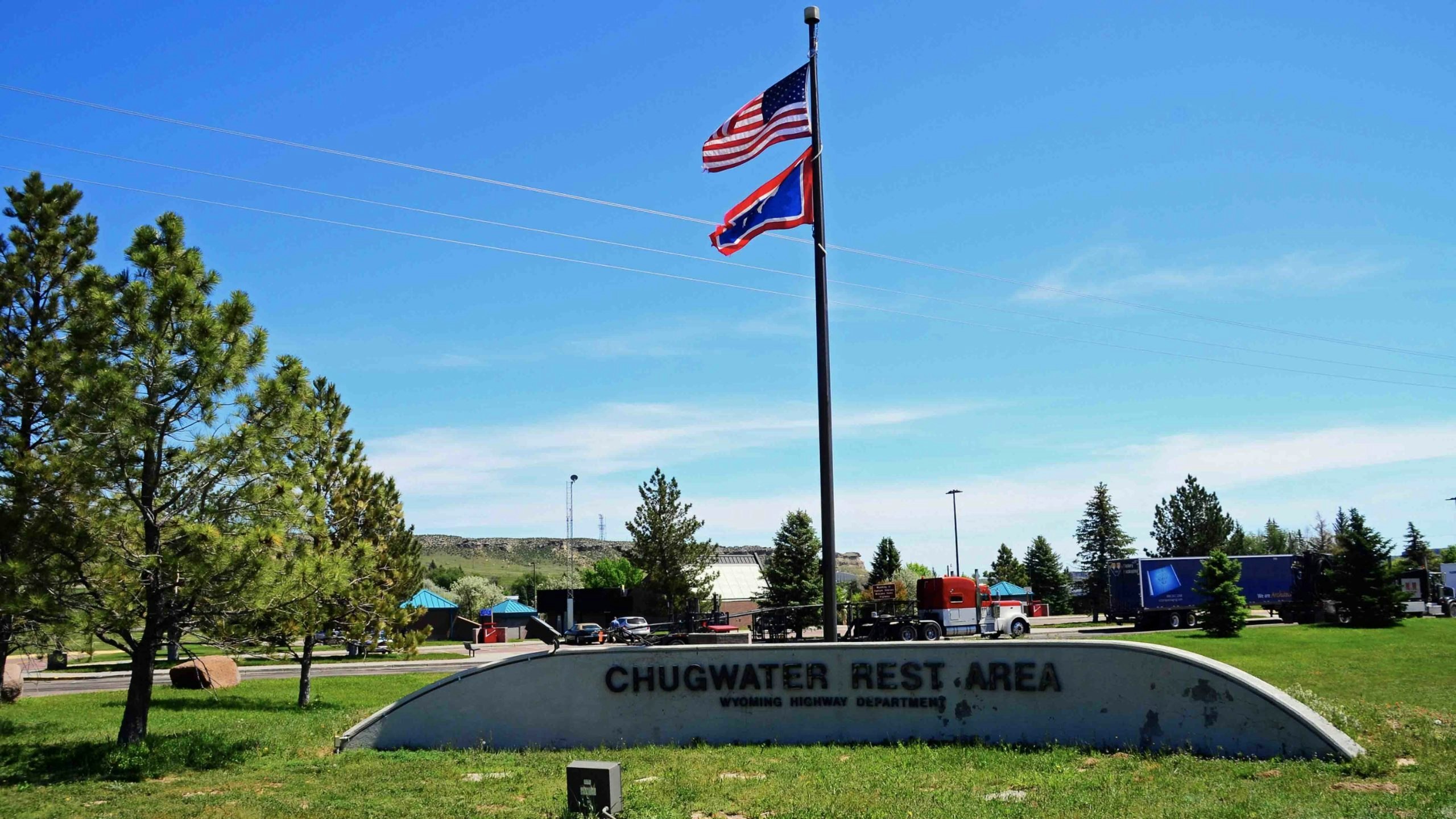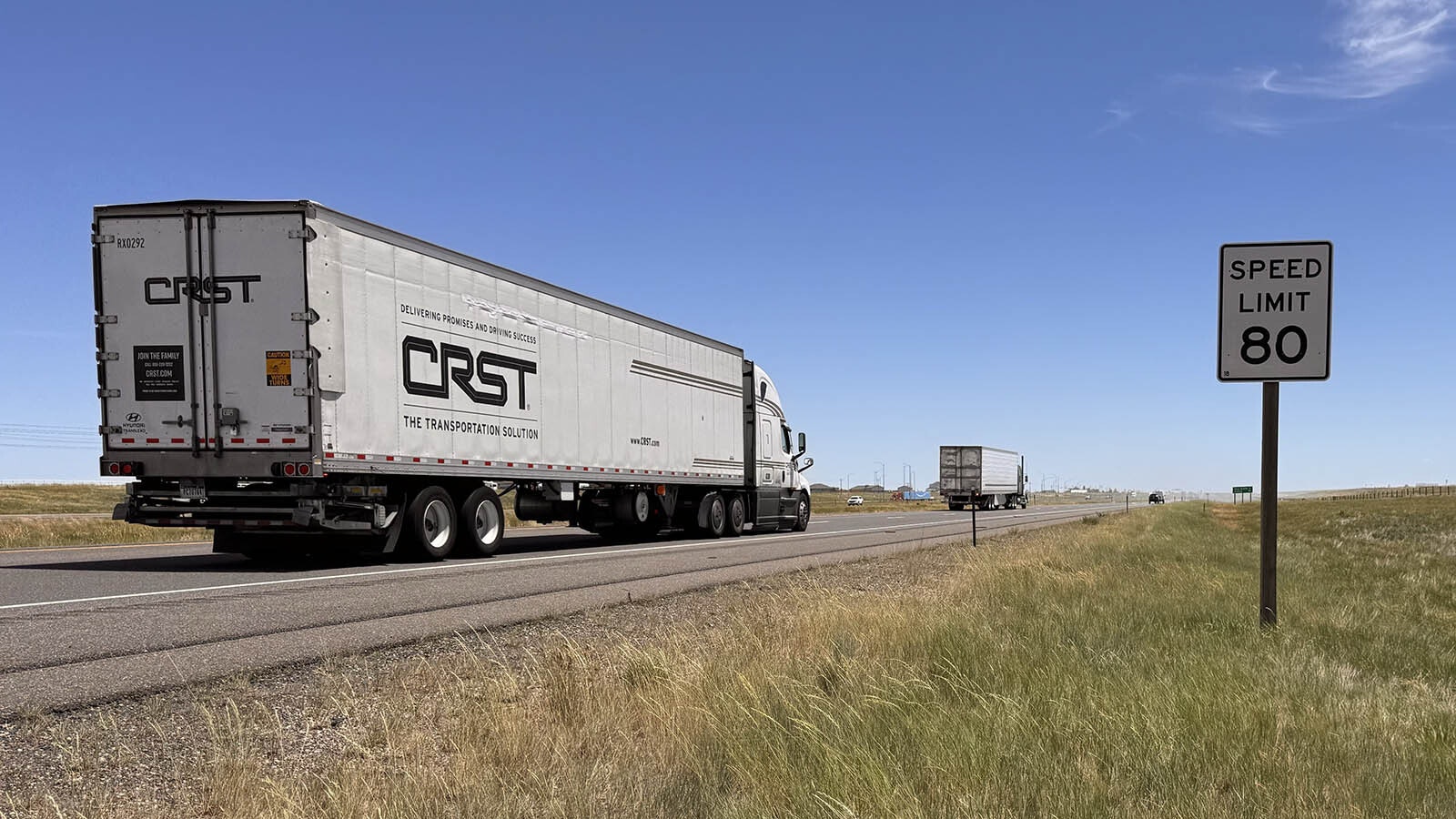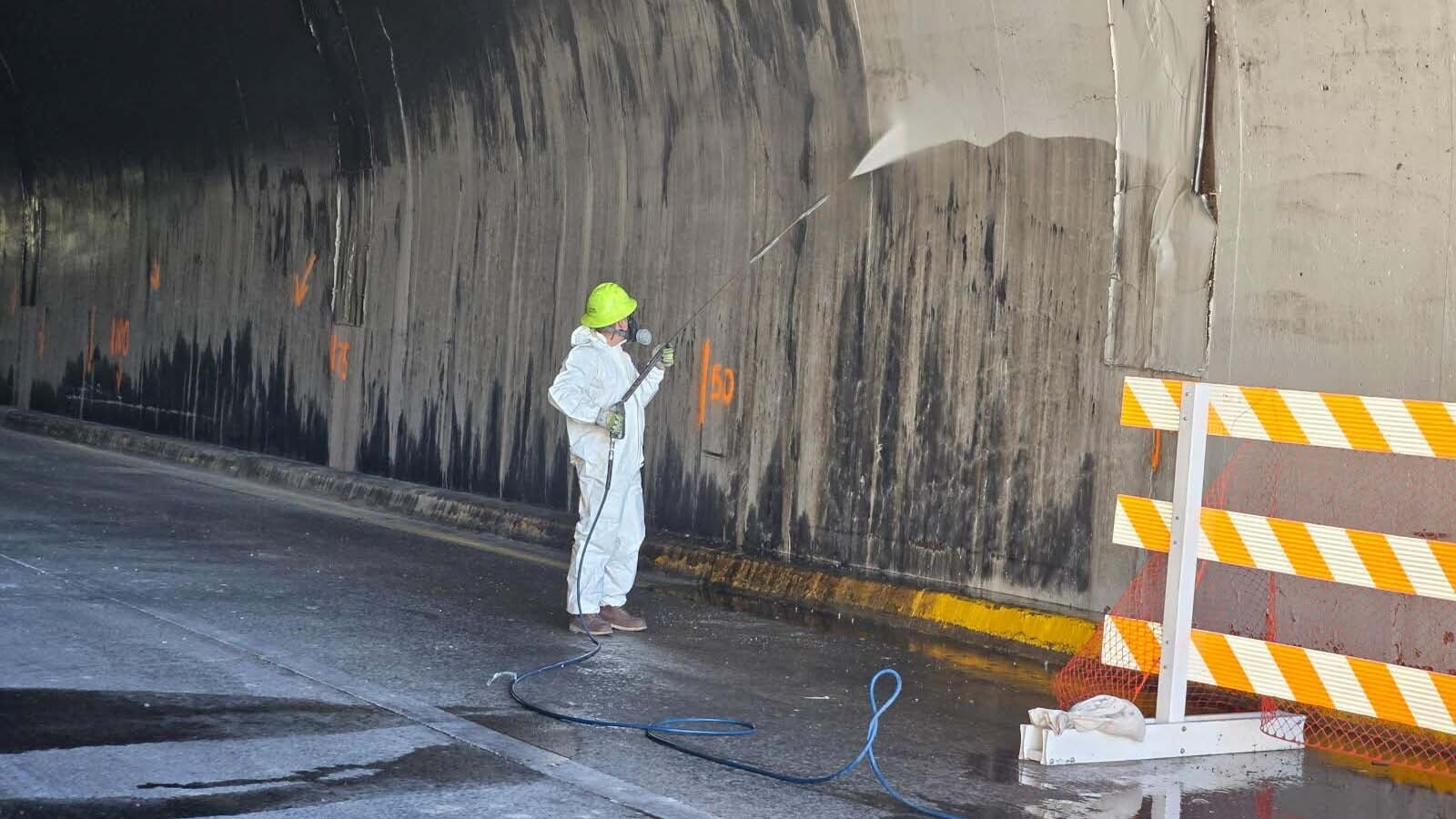The Wyoming Department of Transportation will close 10 rest areas throughout the state later this month to reduce the agency’s operational costs.
In a news release issued Friday morning, Gov. Mark Gordon announced the closures will be effective June 15 and are prompted by a need for WYDOT to reduce costs due to budgetary shortfalls.
The closures were approved by the Wyoming Transportation Commission during its recent special meeting.
“This is a painful reality but a necessary step given our state’s fiscal situation,” Gordon said in a news release. “This will have real impacts, not only for travelers, but for the custodial staff contracted to provide services to these facilities. These workers are our friends and neighbors in Wyoming communities around the state.”
The rest areas that will close include those near Lusk on U.S. Highway 18; Guernsey on U.S. 26; Greybull on U.S. 14-16-20; Moorcroft on Interstate 90; Star Valley on U.S. 89; Fort Steele on Interstate 80; Sundance on Interstate 90; Upton on U.S. 16, and Orin Junction and Chugwater, both located on Interstate 25.
“We took a hard look at all of our rest areas and came up with a list of those that we feel we can close with a minimal amount of impact to our travelers,” WYDOT Director K. Luke Reiner said in the same release. “It was a hard decision but one that we came to based on the needs of the public and to ensure we maintain a balanced budget.”
WYDOT officials sent letters to local community leaders and the contractors who work at the rest areas notifying them of the closures.
The rest area closures will result in a savings to WYDOT of approximately $197,453 from June 15 through Sept. 30. After that, the department will save about $789,812 per year.
“Although these rest areas will close, motorists will still have access to facilities in neighboring communities,” Reiner said. “Each of the rest areas that are closing are within a reasonable distance of a town that has facilities for the public.”





